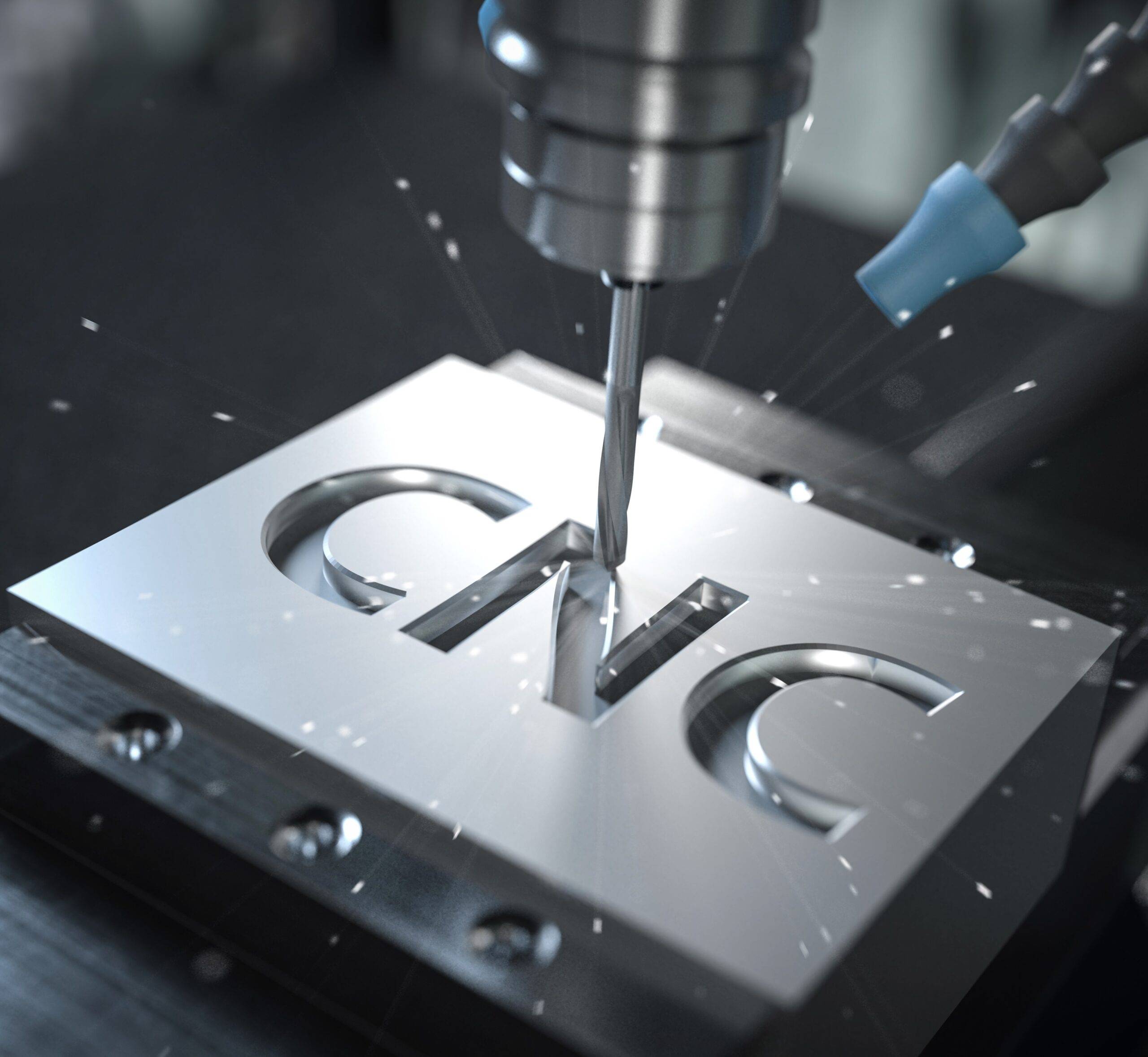In today’s manufacturing landscape, CNC (Computer Numerical Control) machines are revolutionizing how we approach precision engineering and production. These sophisticated devices are not just for high-tech factories—they’re increasingly accessible to small businesses and hobbyists alike. If you’re curious about CNC machines and their benefits, this guide will take you through everything you need to know.
Table of Contents
ToggleWhat is a CNC Machine?
At its core, a CNC machine is a tool that automates the process of cutting, shaping, and crafting materials.
How Does a CNC Machine Work?
CNC machines operate based on a series of commands given through a computer program. Here’s a simplified breakdown of the process:
- Design Phase: A design is created using Computer-Aided Design (CAD) software. This design is then translated into a set of instructions using Computer-Aided Manufacturing (CAM) software.
- Programming: The CAM software generates a G-code, which is a language understood by CNC machines. This code tells the machine exactly how to move and what actions to perform.
- Setup: The material is loaded onto the machine, and tools are set up according to the specifications.
- Machining: The CNC machine follows the G-code instructions to cut, shape, or mill the material with high precision.
- Finishing: After machining, the part may undergo additional processes like sanding or painting.
Types of CNC Machines
CNC machines come in various types, each suited to different tasks:
1. CNC Mills
CNC mills are versatile machines that use rotary cutters to remove material from a workpiece. They are ideal for creating complex shapes and are commonly used in metalworking and woodworking.
2. CNC Lathes
CNC lathes rotate the workpiece while a cutting tool shapes it. They are perfect for creating cylindrical parts and are widely used in the automotive industry.
3. CNC Routers
CNC routers are used for cutting and shaping larger pieces of material, often in woodworking. They can handle a range of materials, including plastics and soft metals.
4. CNC Plasma Cutters
These machines use a plasma torch to cut through metal.
5. CNC Laser Cutters
CNC laser cutters use a high-powered laser beam to cut or engrave materials.
Benefits of CNC Machines
1. Precision and Accuracy
One of the biggest advantages of CNC machines is their ability to produce highly accurate and consistent results. Whether you’re creating intricate parts or large components, CNC machines can deliver exact dimensions every time.
2. Efficiency and Speed
CNC machines can operate continuously, providing high-speed production that manual machines simply can’t match. This efficiency translates to faster turnaround times and lower production costs.
3. Flexibility
With CNC machines, changing designs is as simple as updating the software program. This flexibility allows manufacturers to quickly adapt to new projects or modify existing ones.
4. Reduced Human Error
This leads to higher-quality products and fewer mistakes during production.
5. Safety
The automated process minimizes the need for human intervention, reducing the risk of accidents and injuries.
Applications of CNC Machines
1. Aerospace
In the aerospace industry, CNC machines are used to create precise parts and components that meet strict safety and performance standards.
2. Automotive
CNC machines play a critical role in automotive manufacturing, from producing engine components to creating intricate designs for custom vehicles.
3. Medical
In the medical field, CNC machines are used to produce high-precision components for medical devices and implants, ensuring reliability and accuracy.
4. Art and Design
Artists and designers use CNC machines to create detailed sculptures, furniture, and custom pieces. The ability to work with a variety of materials makes CNC machines a valuable tool in creative fields.
Choosing the Right CNC Machine
When selecting a CNC machine, consider the following factors:
1. Type of Work
Choose a machine that matches the type of work you plan to do, whether it’s milling, turning, or cutting.
2. Material Compatibility
Ensure the CNC machine you select is compatible with the materials you plan to use. For example, a CNC router might be ideal for wood, while a laser cutter is better for metals and plastics.
3. Size and Capacity
Consider the size of the workpieces you will be handling. Make sure the CNC machine can accommodate the dimensions and weight of your materials.
4. Budget
CNC machines come in a wide range of prices. Determine your budget and choose a machine that offers the features you need within that budget.
5. Support and Training
Look for a supplier that offers good support and training. Proper training will ensure you get the most out of your CNC machine and avoid potential issues.
Conclusion
CNC are transforming the way we approach manufacturing and design, offering unparalleled precision, efficiency, and flexibility. Whether you’re in a high-tech industry or a creative field, these machines can enhance your production capabilities and open up new possibilities.
By understanding the types of CNC, their benefits, and how to choose the right one for your needs, you can make informed decisions that drive your projects forward. Embrace the future of manufacturing with CNC technology and experience the difference it can make in your work.
Feel free to share this article with anyone interested in CNC and their incredible capabilities. If you have any questions or need further information, don’t hesitate to reach out.

2 thoughts on “CNC Machines: The Future of Precision and Efficiency”